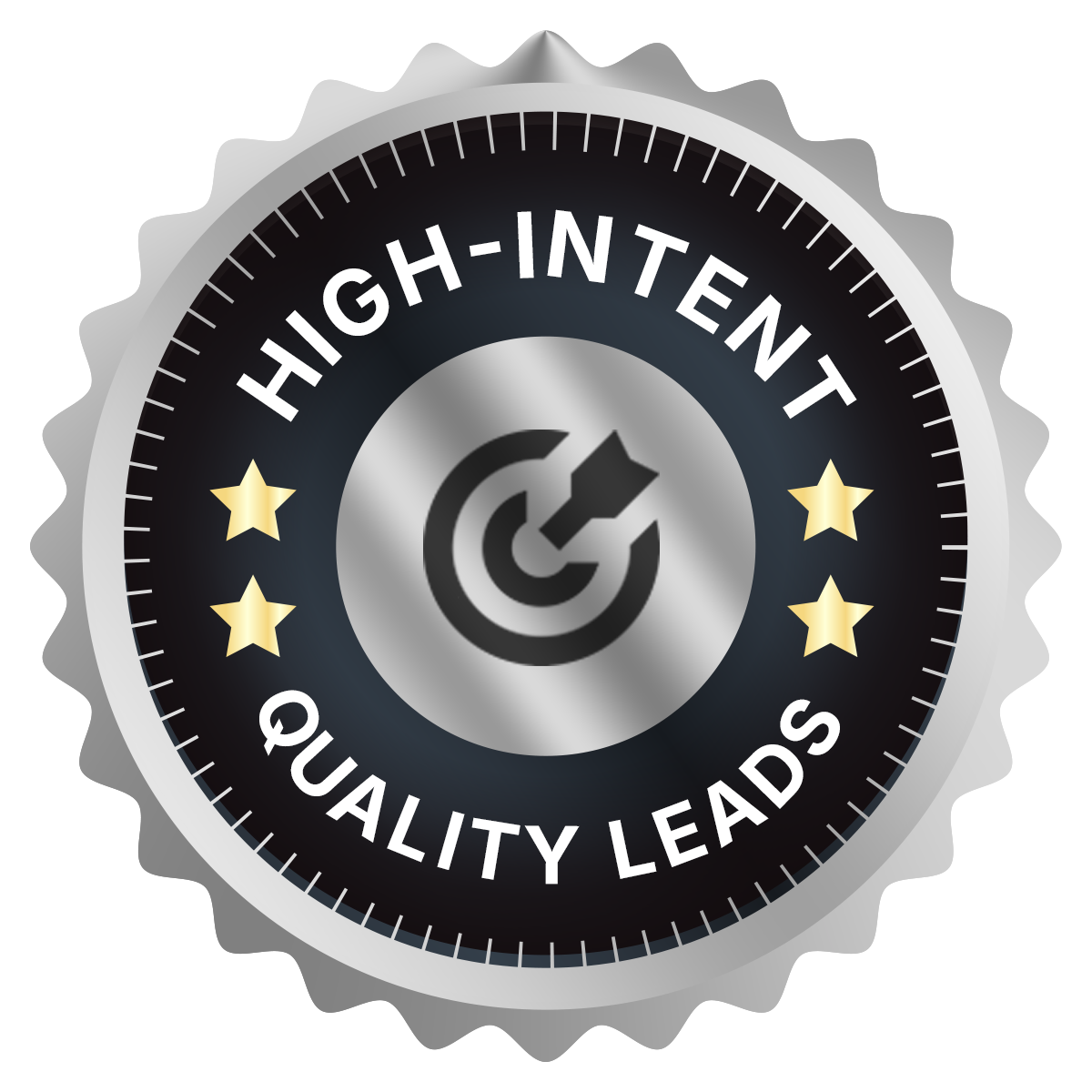Why Simplicity Wins in Small Business Marketing
For small business owners and service professionals, marketing can quickly become overwhelming. With countless channels, tools, and tactics to consider—from complex ad platforms to intricate email automation—trying to do everything often leads to diluted efforts, wasted budgets, and diminishing returns. In reality, simplicity is the most powerful strategy. A clear message, focused outreach, and streamlined processes not only conserve limited resources but also resonate more effectively with prospective customers.
The Pitfalls of Overcomplication
Many entrepreneurs fall into the trap of “shiny object syndrome,” chasing the latest marketing trends, tools, or social platforms. While innovation has its place, spreading efforts too thin can cause:
- Inconsistent Branding: Jumping between multiple channels—social media, blogs, podcasts, email newsletters—without a unified message confuses potential customers. When your value proposition is inconsistent, trust erodes and conversion rates drop.
- Scaled-Down Execution: Trying to maintain presence on five different platforms often results in mediocre content on each, rather than exceptional work on a select few. Audiences gravitate toward quality and clarity, not scattered efforts.
- Resource Drain: Small teams and lean budgets cannot sustain extensive marketing stacks. Time spent learning advanced analytics or mastering every ad network reduces hours available for direct customer engagement and service delivery.
- Analysis Paralysis: With too many choices—choosing between dozens of ad types, A/B testing variants, or splintered audiences—decision fatigue sets in. Marketing stalls as owners hesitate, unsure which tactic truly drives results.
By contrast, a simple, repeatable approach eliminates these pitfalls and builds consistent momentum.
The Core Principles of Simplicity in Marketing
- Clear, Consistent Messaging
At its heart, simplicity starts with a concise value proposition. Ask yourself:- What problem do I solve?
- Who benefits most from my solution?
- Why should they choose me over alternatives?
- Focused Channel Selection
Instead of being everywhere, choose the one or two channels where your ideal customers spend the most time. For many small service businesses, these might be:- Local Search and Directories: Optimizing for “near me” searches and maintaining up-to-date listings on Google My Business or Yelp ensures visibility when intent is highest.
- Email Marketing: A simple, well-segmented email list can yield consistent returns—promoting seasonal offers, sending appointment reminders, and sharing customer testimonials.
- Targeted Ads: Rather than broad, multi-platform ad buys, focus on a single platform (such as a local search ad network or a niche social group) where you can manage budget and performance more easily.
- Minimalist Content Creation
Content doesn’t need to be voluminous to be effective. Instead of churning out blog posts, videos, and infographics simultaneously, prioritize:- Evergreen Pages: A well-crafted service page or FAQ section that answers common customer questions can attract organic traffic long-term with minimal updates.
- Short, Impactful Updates: Brief social media posts, short email broadcasts, or quick video testimonials often outperform lengthy pieces because they respect the audience’s time.
- User-Generated Proof: Encourage customers to leave reviews or share photos. Real customer voices build trust and reduce the need for elaborate brand-produced content.
- Streamlined Lead Capture and Follow-Up
A simple marketing funnel might consist of:- One Landing Page: Clean design, clear headline, concise benefits, and a single call-to-action (e.g., “Get a Quote Today”).
- One Contact Mechanism: A form with just the essential fields—name, phone/email, and a brief project description—to minimize friction.
- One Follow-Up Workflow: An automated email or text acknowledging receipt and outlining next steps (e.g., “We’ll contact you within two hours”) sets clear expectations and keeps prospects informed.
- Regular, Focused Review and Iteration
With a simple structure, monitoring performance is faster and more intuitive. Schedule a brief weekly review to examine:- Lead Volumes and Conversion Rates: Are you meeting your target number of inquiries? If not, which messaging or channel needs adjustment?
- Customer Feedback: What common questions or objections emerge during follow-up? Update your messaging or FAQs accordingly.
- Budget Efficiency: Which ads or listings deliver the best cost-per-lead? Reallocate budget to top performers.
Case Examples of Simplicity in Action
- Local HVAC Technician: Instead of managing Facebook, Instagram, and YouTube channels, a small HVAC team focused on Google Local Ads, maintaining up-to-date service area listings, and sending monthly maintenance reminders via email. Results: 30% increase in booked service calls at lower ad spend.
- Independent Financial Advisor: Rather than trying to launch podcasts and webinars simultaneously, this advisor prioritized a single weekly email newsletter with market insights and straightforward financial tips. A simple “Schedule a Consultation” link drove a 20% lift in new client inquiries within three months.
- Boutique Fitness Studio: Opted for one landing page promoting a limited-time trial offer. By running a local search ad and sending follow-up text reminders, they filled weekend classes consistently—eliminating no-shows and avoiding the complexity of multi-platform social ads.
In each scenario, a focused, minimal marketing stack outperformed broader but more complex efforts.
Implementing Simplicity in Your Small Business
- Audit Your Current Efforts: List all marketing channels and tools you use. Identify those delivering the highest ROI and those consuming time with minimal return.
- Prune Ruthlessly: Discontinue or pause channels that don’t directly contribute to lead generation or brand awareness within your core audience.
- Craft a Single-Sentence Value Proposition: Use this across your website, ad copy, and outreach—ensuring everyone hears the same message.
- Choose One Primary Lead Generation Channel: Whether it’s local search, email marketing, or paid ads, commit to mastering it before diversifying.
- Simplify Your Follow-Up: Create a one-step email or SMS workflow that acknowledges inquiries and sets clear expectations for next steps.
- Review Weekly and Iterate: With fewer variables, identifying issues becomes easier. Make small, targeted adjustments that improve performance without overcomplicating your stack.
Final Thoughts
In a world of marketing complexity, simplicity cuts through the noise. Small businesses and service providers thrive when they focus on a clear message, a limited set of channels, and streamlined workflows. By avoiding the temptation to chase every new tool, you can conserve resources, maintain consistency, and build genuine connections with prospects.
Remember: less really is more. When your marketing system is simple and focused, you can measure performance easily, respond swiftly to opportunities, and allocate your time to delivering exceptional customer experiences. Embrace simplicity, and watch your small business marketing efforts yield outsized results.









